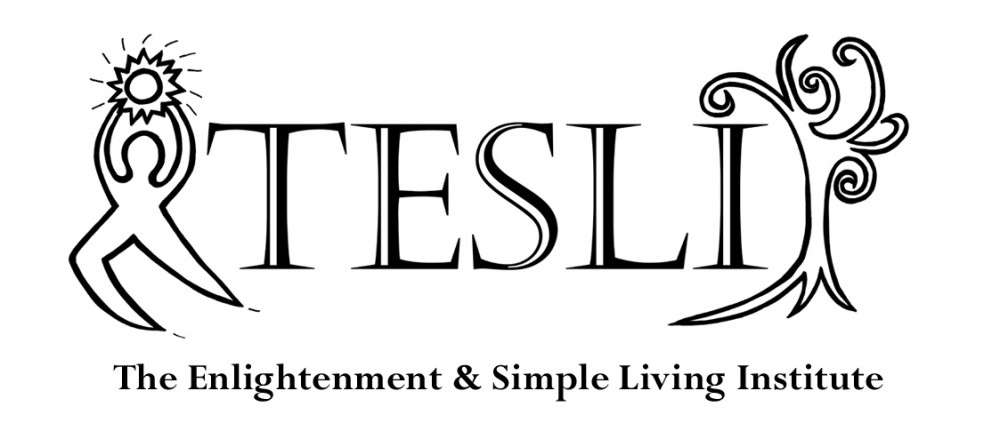Karma is defined as the movement of the mind and what it motivates.
It is said that the subtle workings of karma are harder to perceive than ultimate reality itself. This suggests that the karmic results we see around us are not as simple as direct cause and effect. Many factors go into the results we experience.
In the opening lines of the fourth chapter of the Abhidharmakosa we are told
Deeds (karma) make up the multitude of worlds.
Since many people call the creator of the universe “God” we find here an alternate definition of God as Karma (and vice versa Karma is God).
Another good definition is offered by the Merriam-Webster Dictionary: Karma is the force generated by a person’s actions held in Hinduism and Buddhism to perpetuate transmigration and in its ethical consequences to determine the nature of the person’s next existence.
What is “next existence”? The Buddhist understanding is that we are all changing things and a changing thing lasts less than a second. So our next existence is who we are in the next moment, and the next, and the next….
Simplified Model of Karma
When one thinks or does an action this creates a seed, trace or mental potential that is held associated with the mindstream. At a later date, when conditions are optimal, the seed ripens and the karmic result is experienced. For instance, if I give money to a friend, I create a seed that can ripen into me receiving money from someone in the future.
Four Characteristics of Karma
- All actions lead to a result of similar type.
- The consequences are greater than the original action.
- If you experience something, you must have done the causal action in the past.
- Once you do the action the result cannot be lost.
The first characteristic means that if I give someone money I get money as a result. If I instead call them a name, then I create the potential to be called a name in the future.
The second characteristic implies that the seeds that are planted “grow” during their latency period. Just like an acorn produces a great oak, the seed of giving a dollar has the potential to come back as a thousand dollars.
The third characteristic is that everything you experience is due to something you have done in the past. No more room for being a victim once you have this understanding. This also frees us to be able to create our liberation. Freedom is only possible if we have control over our destiny.
The fourth characteristic is that once you create the seed, it will not just disappear. However, it you do not want that seed to ever germinate then you can do the practice of the four powers that the Buddha taught. The instructions are in my book: The Twelve Steps as a Path to Enlightenment.
